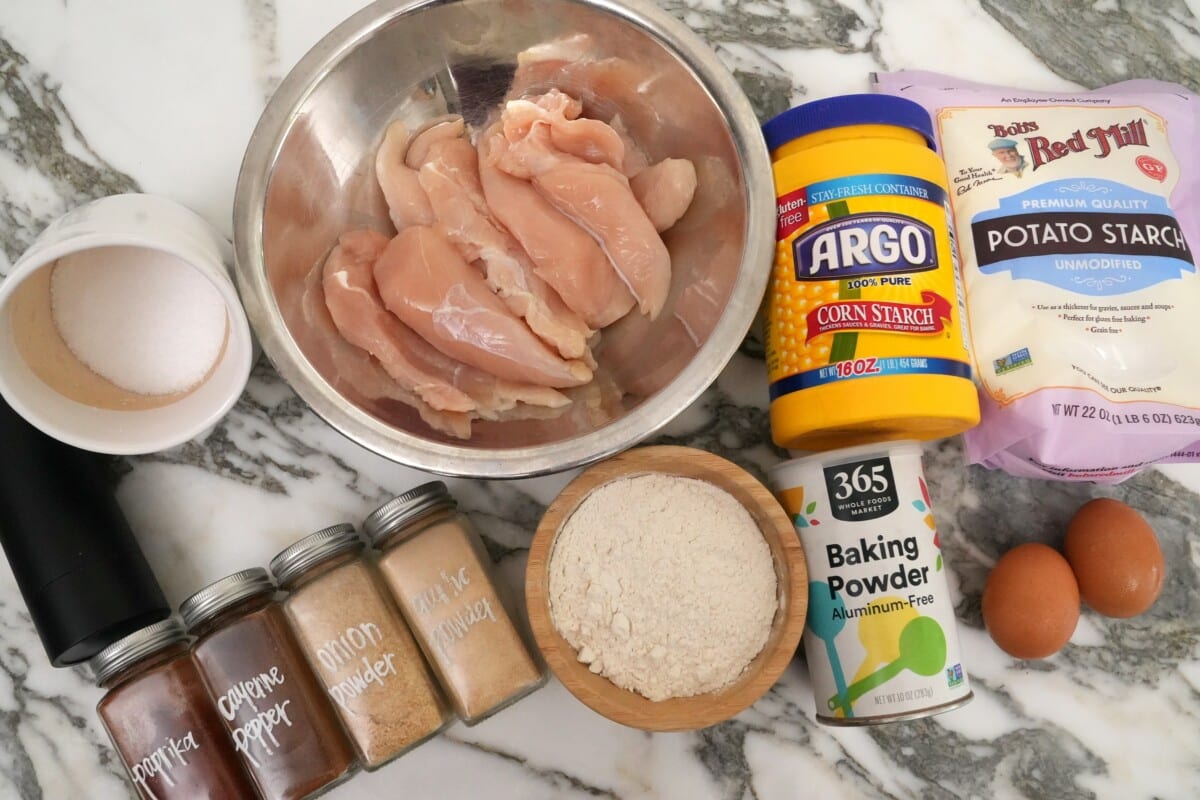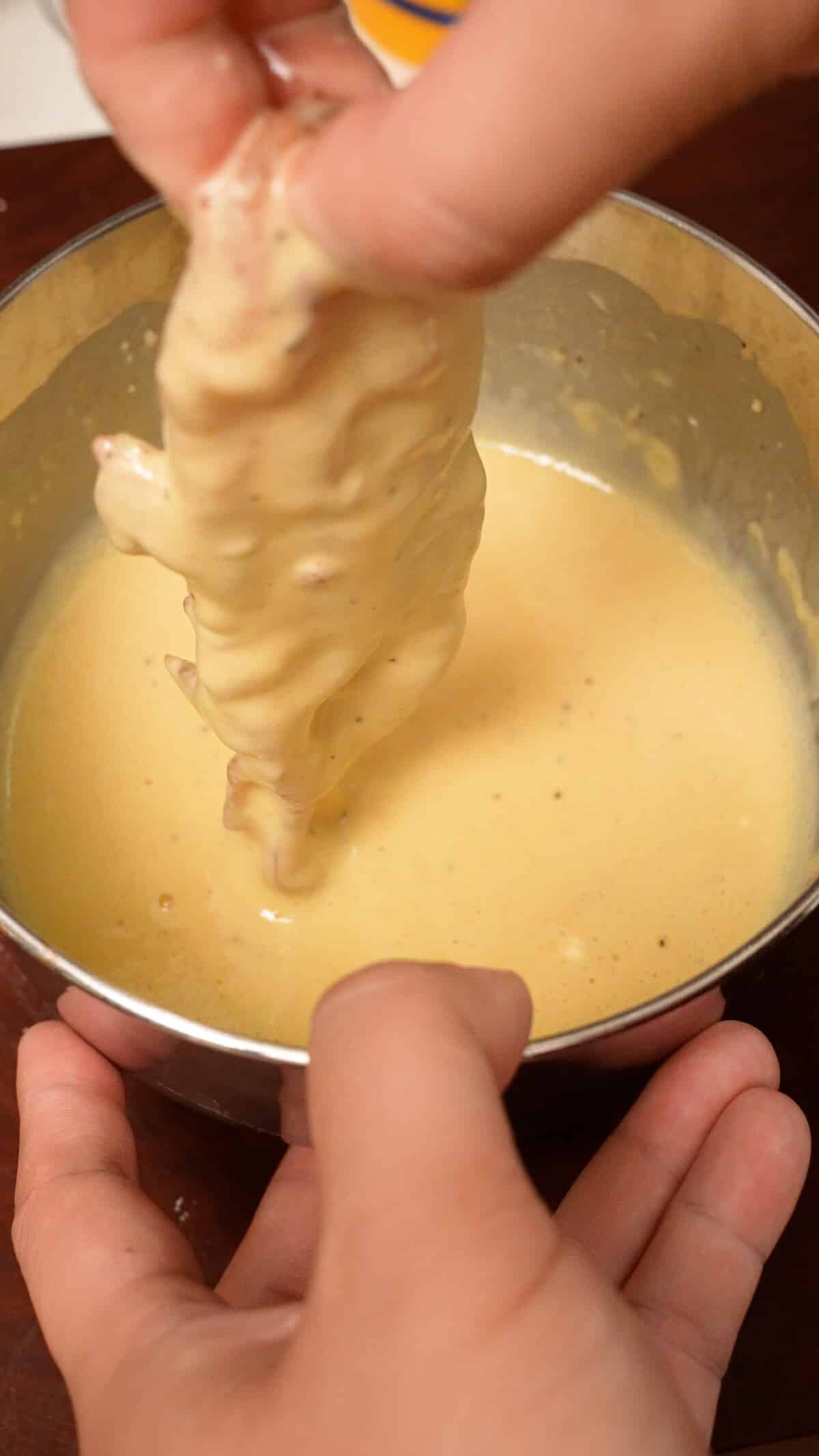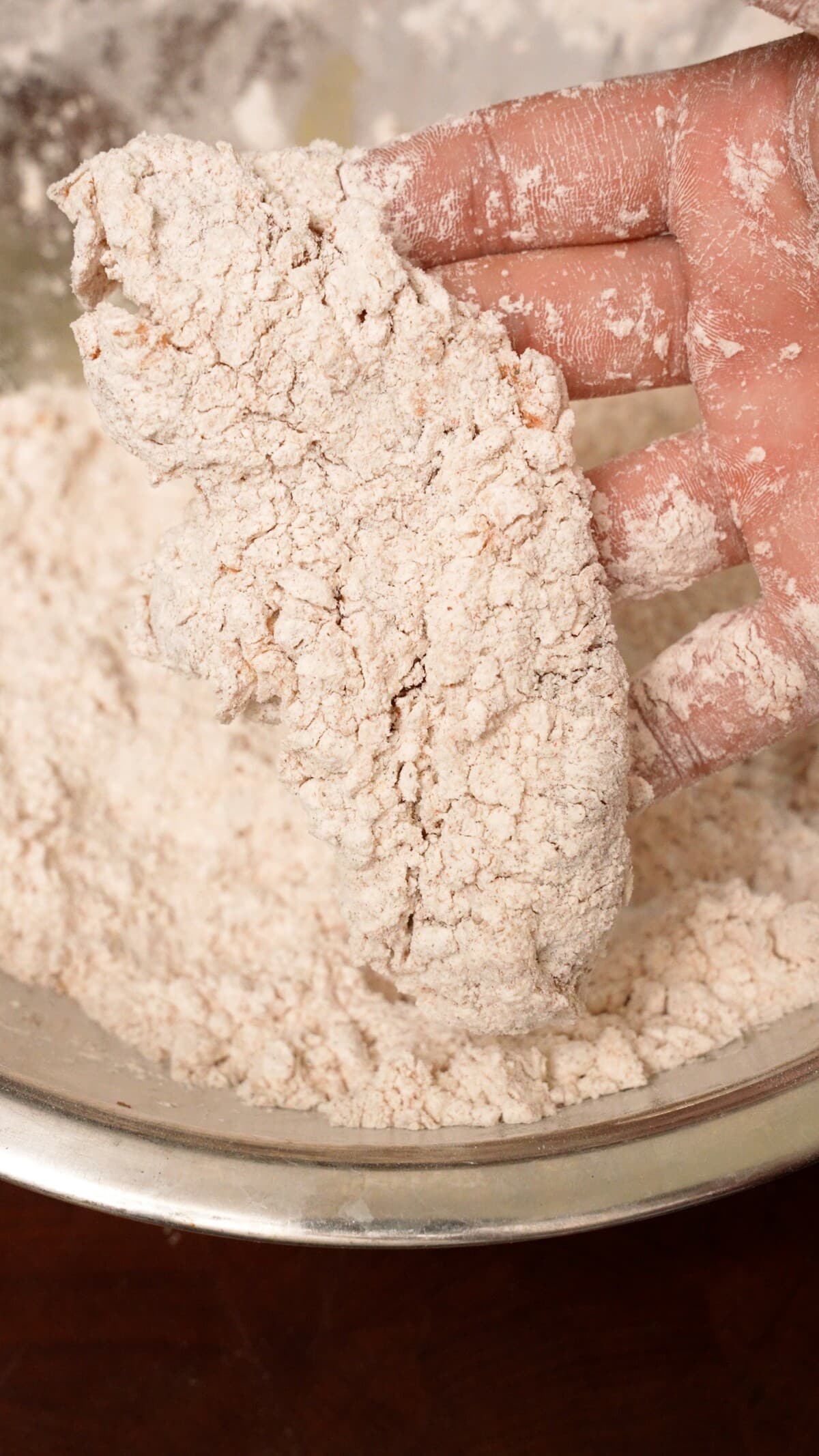Are Chicken Tenderloins Healthier Than Chicken Breast? An In-Depth Comparison
Chicken is one of the most popular and versatile proteins but choosing between cuts like tenderloins and breast can be tricky. With health top of mind for many consumers it’s important to understand how these two options stack up. In this article, we’ll take an in-depth look at chicken tenderloins versus chicken breast to determine if one is truly healthier.
What are Chicken Tenderloins?
Chicken tenderloins are long, thin strips of meat attached to the underside of the chicken breast. Sometimes labeled as “chicken tenders” in grocery stores, they have a mild flavor and ultra-tender texture when cooked properly.
Tenderloins cook faster than chicken breast due to their delicate structure. They are best suited for quick cooking methods like grilling, pan searing, baking, or frying. Their tenderness also makes them ideal for kids or picky eaters.
What is Chicken Breast?
Chicken breast refers to the pectoral muscle of the chicken which yields large, boneless, skinless cuts of meat. Known for its mild taste and lean protein content, it’s one of the most widely consumed chicken parts.
Chicken breasts work well in a variety of dishes from pastas to salads, sandwiches, and more. They hold up to longer cooking times better than tenderloins. While breast meat can dry out if overcooked, proper seasoning and cooking keeps it juicy.
Nutrition Profile
When comparing nutrition, boneless, skinless chicken tenderloins and breasts are remarkably similar:
-
Both are excellent sources of protein and low in fat. Chicken breast contains slightly more protein.
-
Tenderloins are a bit lower in calories at around 120 per 4 oz. serving versus 140-170 for breast.
-
Nutrient levels of B vitamins, selenium, phosphorus are comparable.
-
Breast meat provides more niacin, vitamin B6 and zinc.
So in terms of macronutrients, tenderloins and breasts have only minor differences. Preparation method and added ingredients impact their health profile more significantly.
Health Benefits of Chicken Tenderloins
What specific benefits do tenderloins offer for health? Here are some of the advantages:
Lower Calorie Density
With fewer calories per serving, tenderloins can be ideal for weight management or calorie-controlled diets. Their leanness promotes satiety.
Heart Health
Skinless tenderloins are very low in saturated fat and contain no trans fat, making them a heart-healthy choice.
Gluten-Free
Chicken tenderloins are naturally gluten-free, providing a great protein option for those with gluten intolerance or celiac disease.
Diabetes Friendly
Chicken tenderloins have a low glycemic index, meaning they help control blood sugar. This makes them a smart pick for diabetics.
Health Benefits of Chicken Breast
Chicken breast is arguably the poster child for healthy eating, with benefits such as:
High in Protein
Chicken breasts are loaded with protein for building muscle, curbing hunger and promoting weight loss.
Rich in Nutrients
In addition to protein, chicken breast provides niacin, selenium, vitamin B6 and more for optimal health.
Versatile
The mild flavor and texture makes chicken breast work in endless recipes from sandwiches to stir fries.
Satisfying
Chicken breast is high in protein and low in fat, keeping you energized and satisfied throughout the day.
Lower Mercury
Chicken has less mercury than many fish and seafood. Moderation is still key.
Cooking Methods for Healthy Chicken
To make the most of chicken’s nutritional benefits, opt for healthy preparations:
-
Roast, grill, bake or poach instead of frying.
-
Use olive oil and fresh herbs rather than butter for seasoning.
-
Pair with vegetables, whole grains and other fiber-rich sides.
-
Avoid excess sodium from seasonings, broths and sauces.
-
Don’t overcook. Chicken dries out quickly if cooked too long.
So Is Chicken Tenderloin or Breast Healthier?
When it comes to chicken tenderloins vs. breast, no clear “winner” emerges nutritionally. Both offer tremendous health perks.
Chicken tenderloins are slightly lower in calories and easy to incorporate into a healthy diet or meal plan. Their tenderness and quick cooking time adds versatility.
Chicken breast remains the lean protein superstar. With more protein per serving, it satisfies hunger and supplies nutrients vital for wellbeing. It works across the widest range of dishes.
Rather than pitting them against each other, be sure to include both in your cooking rotation. Let taste preferences, recipe requirements and dietary needs guide you. With sensible preparations, both chicken tenderloins and chicken breast promote good health.
:max_bytes(150000):strip_icc()/fried-chicken-breasts-3052883-Hero-5b6214bc46e0fb0025756b0b.jpg)
Watch the Chicken Tenders Recipe Video Below!
Do you love fried chicken? Me too! My Fried Chicken recipe is one of my most popular on the website – and for good reason! Japanese Fried Chicken Karaage is one of my weaknesses; so is Taiwanese Popcorn Chicken and Mochiko Chicken! But I think Korean Fried Chicken is my favorite – what’s yours? Let me know in the comments!

Dredge the Chicken
Bring the seasoned chicken tenders to the dredging station.
Dredge the seasoned chicken tenders into the first bowl with the wet batter, and let any excess drip off.

Immediately add the chicken tenders into the second bowl with the seasoning flour. Use your hands to pack the dredge into the chicken. See that texture below? That’s because we created those initial craggily bits into the dry mix beforehand! That is the secret to crispy, crunchy fried chicken tenders!
Shake off any excess loose breading and place on the lined baking tray or sheet. Let them rest while you heat up the oil – this will also help the batter stick to the chicken.


I highly recommend using two tools for the best frying experience:
- an infrared thermometer to easily check the temperature of your oil during heating and frying
- a heavy bottomed pot like a dutch oven that retains heat well
For the first fry:
- The ideal oil temperature of the first fry after the chicken is in the oil should be 315-325°F.
- If you see the oil drop below 300°F on the first fry, remove the chicken tenders and turn the heat up until it reaches at least 300°F.
- I recommend frying the tenders in small batches – for 1.5 lbs of chicken tenders, I fried in two batches.
For the second fry:
- For the second fry, heat the oil to 375°F before frying.
- You can fry all the tenders at once if your pot is large enough.
- Do not overcrowd your pot and risk oil bubbling over!!
Make sure to check the internal temperature of the chicken – it should reach 165°F to be safe to consume.
3 Reasons to use chicken thighs vs. breasts
FAQ
Which part of chicken is healthiest?
The skinless, boneless chicken breast is generally considered the healthiest part of the chicken due to its leanness and high protein content.
How many tenderloins equal one chicken breast?
Chicken tenders or chicken tenderloins are the little strips of meat that are tenuously attached to the underside of each breast (and thus sometimes called “hanging tenders”), so every chicken has two tenders.
Why are chicken tenderloins so low in calories?
Tenderloins are usually less calories because they are less fat.
What is chicken tenderloin best for?
While typically used to prepare chicken fingers, tenderloins are also ideal for a stir fry, tacos, or chicken salad.Apr 5, 2024
